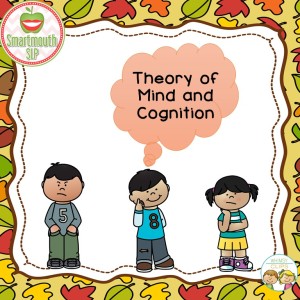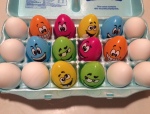
This summer has been a difficult one as the news has been full of upsetting images happening across our country. I was visiting family in Dallas, Texas the week of the police shootings and like the rest of the country after an extraordinarily violent week, I was stunned. I watched the peaceful protests in Atlanta on the local news when I got home the following week. I had to turn off the TV for a while to process all I was thinking about, away from the rhetoric of social media. While I am not a mother to a police officer or an African American son, I am a mom. My heart broke for these families and broke for us as a country. How can we begin to discuss these big issues-racism, trust, personal safety- in our homes, schools and places of worship, if we cannot begin to take the perspective of someone else?
To be able to put yourself in someone else’s shoes is hard. It’s even harder when we define ourselves by how we are not the same, rather than what we have in common. In social language therapy, helping my kids shift their point of view to at least try and consider what someone else might be thinking or feeling, is challenging. All the lessons that we address in a social language framework , as Michelle Garcia Winner states, are life skills to help us work and live with others successfully. Pause and consider this for just a minute. Understanding basic Theory of Mind, that my thoughts can be different from your thoughts based on our experiences and what we know, is a foundation to getting along with others. Even the basic social rules we learn on the playground still apply in the grown up world; take turns, help someone if they get hurt, include others and play fair. Why is it so difficult for us to apply these lessons as we grow up?
It is critical that we teach the concepts of thinking about others and trying to consider another person’s point of view (even when you don’t agree with it) to all kids, not just students with social language impairments. It is equally as important as academics, in my opinion. Self-control and emotional regulation are also necessary social skills that we need to teach, to get along with others in this world. Bullying people into listening to your point of view and screaming that you are right and they are wrong, are not going to solve anything, whether you are five or fifty. Like I tell my own boys, you have the right to your own thoughts and feelings, but you do not have the right to use them to purposefully hurt others.
I realize that this is simplifying a very complicated series of problems. I don’t have the answers, although I sure wish I did. What I do believe, is that in a very “me” centered culture, we need to shift hard to thinking about other people, starting in our homes and in our schools. We need to listen to and talk with people who think like us and those who don’t. These opportunities for difficult conversations are going to continue to present themselves to you and me, so how are we going to handle them moving forward? I can take a step in the right direction by teaching children that I work with the life skills and social language concepts needed to think about other people, and practicing this myself.
Share your thoughts here.




